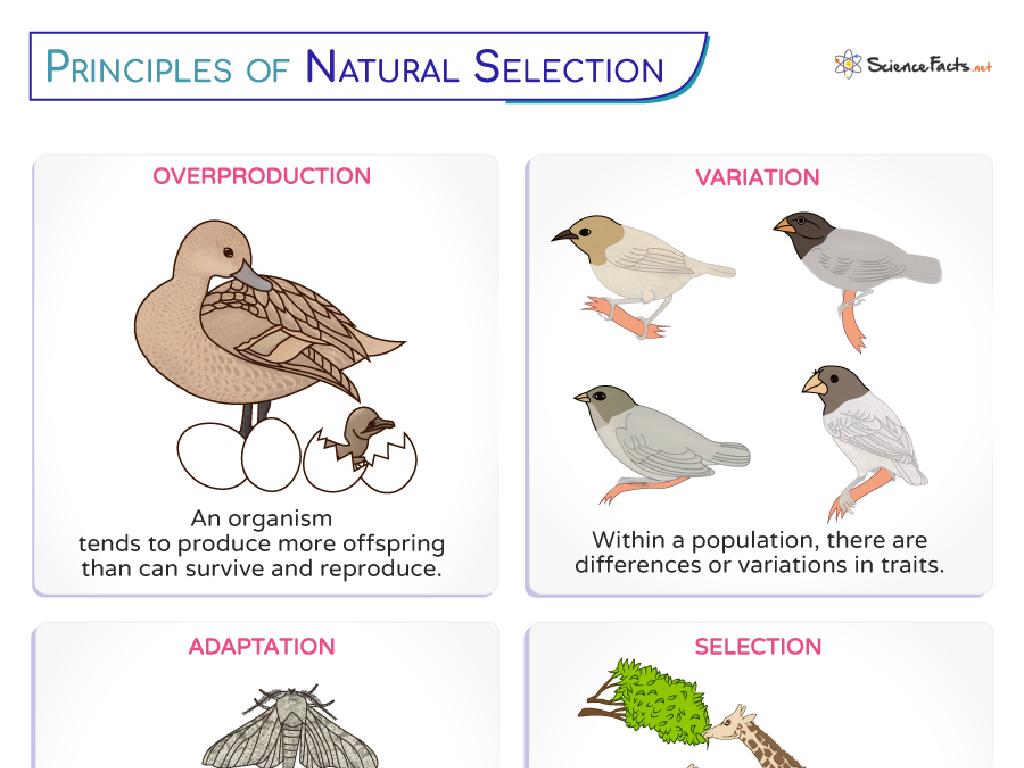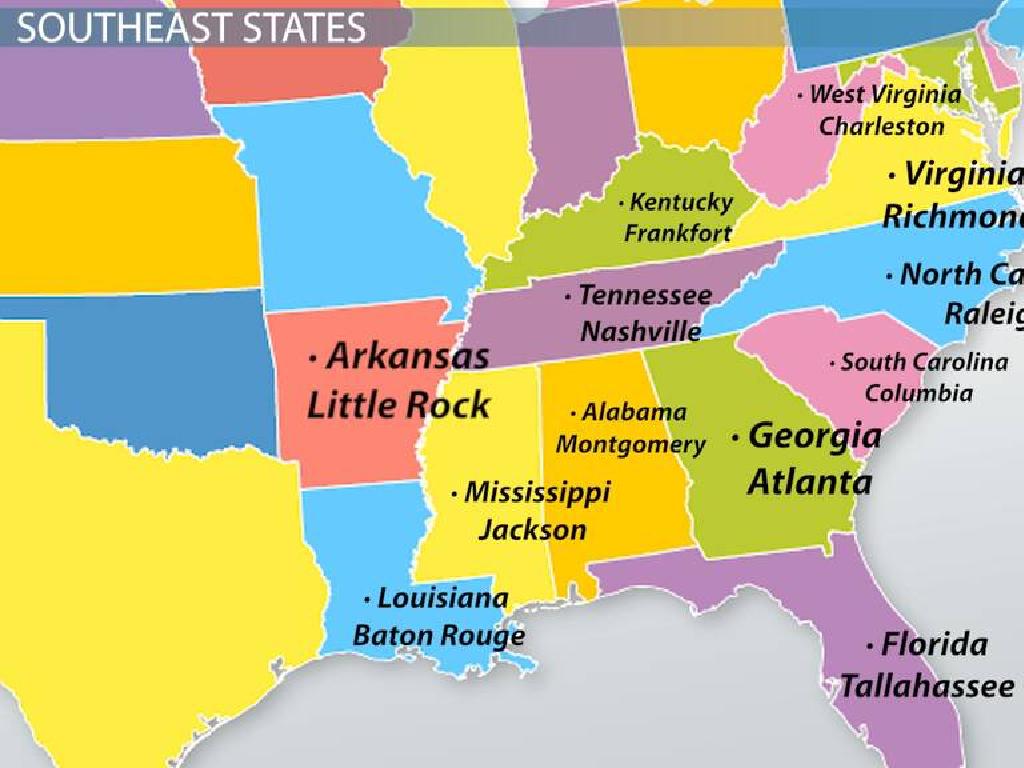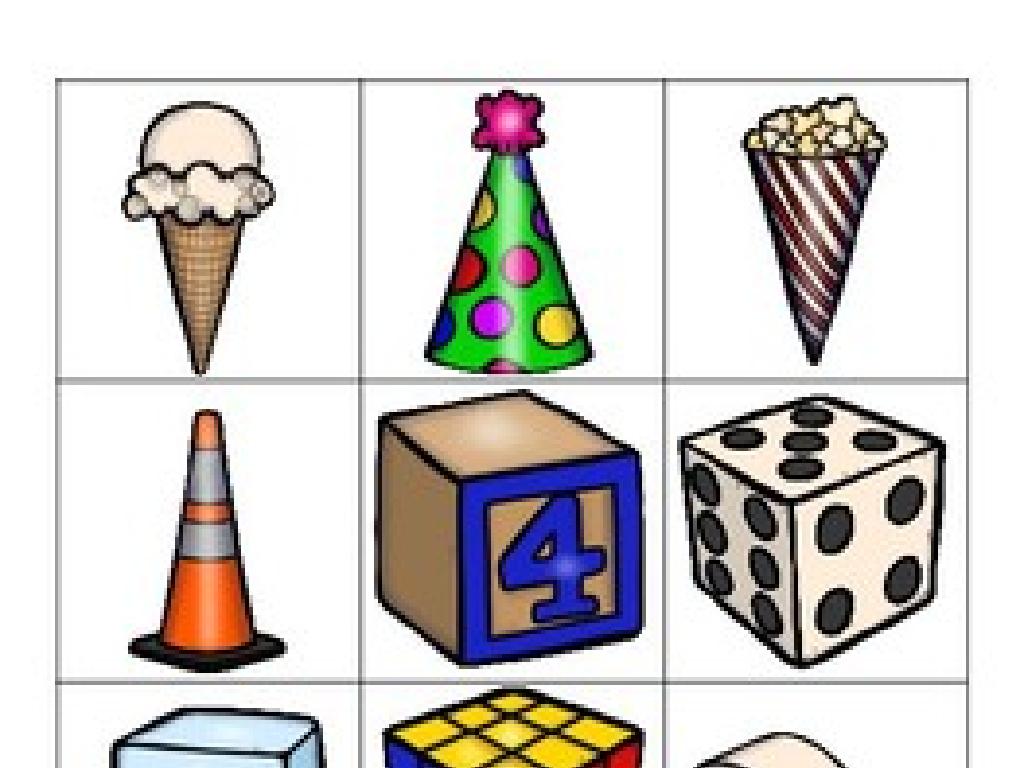Box Plots
Subject: Math
Grade: Sixth grade
Topic: Data And Graphs
Please LOG IN to download the presentation. Access is available to registered users only.
View More Content
Understanding Box Plots in Data Visualization
– What is a Box Plot?
– A graph that displays data distribution via quartiles.
– Visualizing data with Box Plots
– Box Plots show the median, quartiles, and outliers of a data set.
– Everyday importance of data
– Data helps us make informed decisions daily.
– Interpreting Box Plots
– Learn to read the median, range, and outliers in Box Plots.
|
Begin the lesson by explaining what a Box Plot is and how it represents data through its quartiles. Emphasize the visual aspect of Box Plots, showing how they can make complex data easier to understand. Discuss the relevance of data in everyday life, such as in weather forecasts, sports statistics, or even in choosing what to wear. Teach students how to interpret the different parts of a Box Plot, including the median, range, and any potential outliers. Use examples relevant to their daily experiences to illustrate these concepts. Encourage students to ask questions and provide them with practice problems to solidify their understanding.
Understanding Box Plots
– What is a Box Plot?
– Also called a whisker diagram, it’s a method to depict data
– Displays five-number summary
– Summarizes data using 5 key numbers
– Components: Min, Q1, Median, Q3, Max
– Minimum value, first quartile (Q1), median (Q2), third quartile (Q3), and maximum value
– Visual representation of data distribution
|
A box plot, or whisker diagram, is a standardized way of displaying the distribution of data based on a five-number summary: minimum, first quartile (Q1), median, third quartile (Q3), and maximum. It’s a visual tool that can help students quickly understand where most of the data lies and how spread out it is. When explaining this concept, use real-life datasets to create box plots as examples. This will help students grasp the practical application and interpretation of box plots. Encourage them to identify the five key components and understand how each part represents a different segment of the data set.
Understanding the Parts of a Box Plot
– The ‘box’ represents interquartile range
– IQR shows middle 50% of data
– ‘Whiskers’ show range of data
– Smallest & largest values, excluding outliers
– ‘Median’ is marked within the box
– Median divides data into two equal parts
|
A box plot, also known as a box-and-whisker plot, is a standardized way of displaying the distribution of data based on a five-number summary: minimum, first quartile (Q1), median, third quartile (Q3), and maximum. The ‘box’ shows the interquartile range (IQR), which is the range between the first and third quartiles and contains the middle 50% of the data. The ‘whiskers’ extend from the box to the smallest and largest values in the data set, providing a visual representation of the range. The ‘median’ is a line inside the box that shows where the half of the data lies below and half above. This slide will help students visualize how data is spread out across a range and where most of the values lie.
Creating a Box Plot
– Organize data in order
– List numbers from smallest to largest
– Find median, Q1, and Q3
– Median is middle value, Q1 and Q3 are quartiles
– Draw scale, plot summary
– Use the five-number summary on a number line
– Connect Q1 and Q3, add whiskers
– Box represents middle 50% of data, whiskers extend to min and max values
|
This slide outlines the steps to create a box plot, which is a visual representation of data distribution. Start by organizing the data in ascending order to make it easier to find the median, which is the middle value, and the quartiles, Q1 and Q3, which divide the data into four equal parts. Next, draw a scale that fits the range of the data and plot the five-number summary, which includes the minimum, Q1, median, Q3, and maximum values. Connect Q1 and Q3 with a box to represent the interquartile range, and draw whiskers from the box to the minimum and maximum values. This graphical method helps to identify the spread and center of the data, and it’s particularly useful for comparing distributions between different sets of data.
Box Plot in Action: Test Scores
– Collect test scores data
– Determine the five-number summary
– Minimum, Q1, Median, Q3, Maximum
– Draw the box plot
– Use the summary to draw the plot
– Label the box plot accurately
– Mark the Median, Q1, Q3, and whiskers
|
This slide is designed to guide students through the process of creating a box plot, a graphical representation of data that shows the distribution through five main points. Start by collecting test scores and arranging them in order. Next, identify the five-number summary: the minimum score, first quartile (Q1), median, third quartile (Q3), and maximum score. Then, draw a box from Q1 to Q3 with a line at the median. Finally, add ‘whiskers’ from the box to the minimum and maximum values. Ensure students understand each step and the significance of the five-number summary in representing the data set. Encourage them to participate in drawing and labeling the box plot to reinforce their learning.
Reading Box Plots
– Interpreting spread and skewness
– Spread shows data range; skewness indicates data symmetry
– Understanding outliers
– Outliers are data points that differ significantly from others
– Impact of outliers on data
– Outliers can skew data, affecting averages and spread
– Comparing multiple box plots
– Look for differences in medians, ranges, and outliers
|
This slide aims to teach students how to read and interpret box plots, a graphical representation of data that shows the distribution, spread, and skewness. Students should learn that the spread of the data is the range covered by the data, and skewness indicates whether the data is symmetrical or not. Outliers are points that fall far from the rest of the data and can greatly affect the mean and range. When comparing box plots, students should observe variations in medians, ranges, and the presence of outliers to understand differences between data sets. Encourage students to practice by interpreting example box plots and identifying these characteristics.
Class Activity: Create Your Own Box Plot
– Receive a set of data
– Create a box plot step by step
– Use the min, Q1, median, Q3, and max values
– Review and discuss in class
– Share your plot and discuss the data spread
– Understand box plot components
– Identify median, quartiles, and outliers
|
In this interactive class activity, students will apply their knowledge of box plots by creating one from a provided data set. Distribute different data sets to each student to ensure a variety of box plots for discussion. Guide them through the process of finding the minimum, first quartile (Q1), median, third quartile (Q3), and maximum values. Once students have created their box plots, facilitate a class discussion where they can present their plots and observations. Encourage them to explain the spread of data, the median, and any potential outliers they notice. This activity will help solidify their understanding of box plots and how they visually represent data distribution. Provide additional support to students as needed and consider grouping them for peer learning opportunities.
Wrapping Up: Box Plots
– Recap of box plot features
– Homework: Create your own box plot
– Find any data set, like game scores or daily temperatures.
– Present your box plot next class
– Be prepared to explain your box plot to the class.
– Practice interpreting box plots
– Use your box plot to discuss the data’s spread and center.
|
As we conclude today’s lesson on box plots, remind students of the key components: minimum, first quartile, median, third quartile, and maximum. For homework, students should find a set of data at home, which could be anything from the number of steps they walk in a day to the scores of their favorite sports team, and create a box plot. Encourage creativity in data selection. In the next class, students will present their box plots, explaining the data they chose and what their box plot shows about the data’s distribution. This will help reinforce their understanding of box plots and improve their ability to communicate statistical information. Provide examples of good presentation structure to guide them.





